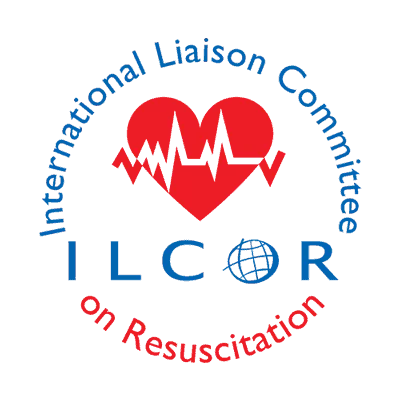DECEMBER 31, 2018
The history of CPR
Evolution of CPR
In 1740, the Paris Academy of Sciences recommended the use of mouth-to-mouth resuscitation and chest compressions to save drowning victims rescued from the Seine River. More than 10 years after this recommendation, several organizations appeared in Holland and England. However, CPR standards were introduced almost 200 years later, in the 1950s.

Johns Hopkins University
In 1958, researchers at Johns Hopkins University accidentally discovered that by performing chest compressions on an animal suffering from ventricular fibrillation, they could obtain the presence of a femoral pulse. It was this fortuitous discovery that gave birth to CPR. While open-heart chest compressions were already known in hospitals, the technique of closed-chest cardiac massage had just been introduced. A few years later, William Kouwenhoven, also from Johns Hopkins University, discovered and implemented the first closed-chest defibrillator. This electrical engineer developed a device capable of sending consecutive electrical shocks to resuscitate an adult heart in spontaneous arrest.
In other words, the 1950s marked the beginning of modern emergency cardiac care.

International Liaison Committee on Resuscitation
Since cardiovascular resuscitation techniques offered the best chances of survival for RTA victims, a few years later some experts in the medical field wanted to teach it to everyone. Several medical and legal implications made such teaching a complex task. In 1976, Toronto cardiologist Dr. Anthony Graham took on this major challenge in association with the American Heart Association (AHA). Since then, CPR training for the general public has grown steadily. Every year, almost 500,000 Canadians learn CPR thanks to the multiple learning methods available to all.
ILCOR and all its members meet every five years to review and adopt recommendations to improve the teaching and practice of CPR and first aid. ILCOR ensures the continuous improvement and development of CPR. It examines the latest scientific advances and works tirelessly to improve the technique and practice of cardiopulmonary resuscitation.
An innovative teaching method
Today, the number of people with CPR training continues to grow. As a result, many public places are now equipped with Automatic External Defibrillators (AEDs). Since this tool can significantly increase a person's chances of survival from cardiac arrest, it's in everyone's interest to have one. What's more, many businesses have decided to subsidize the purchase of AEDs from their communities, while some municipalities offer them on a voluntary and mandatory basis in many of their public centers, such as arenas and recreation centers.
Our company is honoured to set itself apart by offering CPR and First Aid training online. Thanks to this innovative teaching method, more people will be able to benefit from the knowledge required for resuscitation.
Highlights
Find out more about CPR.
18th-19th centuries
1732
In Alloa, Scotland, surgeon William Tossach uses mouth-to-mouth resuscitation to revive a suffocated miner. Dr. Tossach documented this success 12 years later in what may be the first clinical description of mouth-to-mouth resuscitation in medical literature.
1740
The Paris Academy of Sciences officially recommends resuscitation using insufflations for drowning victims.
1774
London doctors William Hawes and Thomas Cogan found the Society for the Recovery of Apparently Drowned Persons (later the Royal Humane Society) to help victims of sudden and unexpected death.